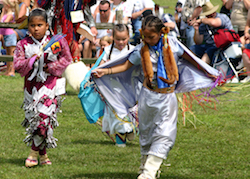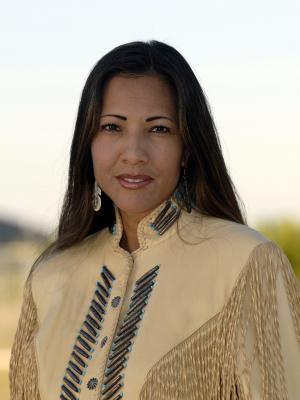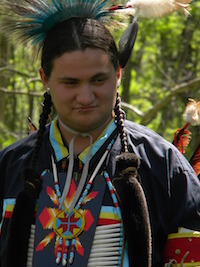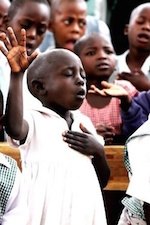By Angeline P. Hoffman, White Mountain Apache Reservation
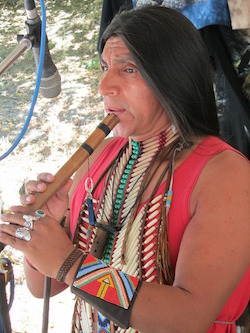 Stories of Indigenous people matter, the stories influence how we think about ourselves, where we come from and formulate the way in which we think about cultural perspectives and people.
Stories of Indigenous people matter, the stories influence how we think about ourselves, where we come from and formulate the way in which we think about cultural perspectives and people.
In looking at storytelling, a sub-theme emerged: ethics and teaching. These specific ideas are utilized by storytellers’ characters to convey these particular values. Teaching is very important in today’s Native American society. Teaching of traditions, cultures and sense of place are practices that are passed on through Continue reading


